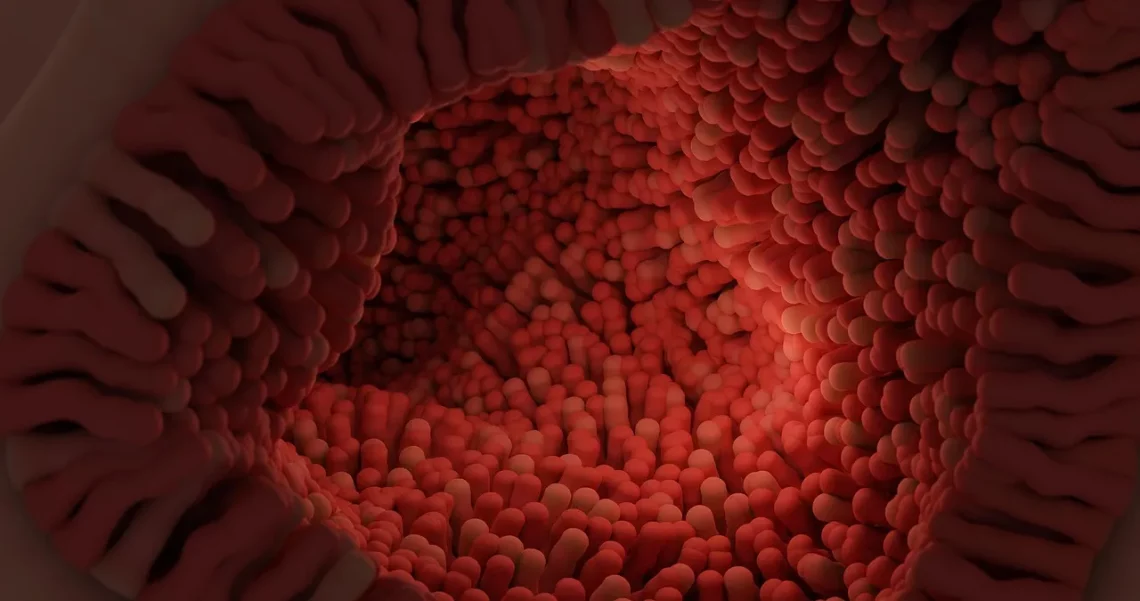
Do Guinea Pigs Have Tails? Exploring Their Unique Anatomy
Guinea pigs are charming little creatures that have won the hearts of many pet lovers around the world. Their friendly demeanor, curious nature, and lovely vocalizations make them popular companions in households. As a species, they belong to the Caviidae family, which includes several other rodents. These small mammals are native to the Andean region of South America and have been domesticated for centuries. Their unique characteristics, social behavior, and distinct anatomy contribute to their appeal as pets.
While many people are familiar with the general appearance of guinea pigs, there are still some questions about their anatomy that often arise. One such question that piques curiosity is whether guinea pigs have tails. This inquiry leads us into a fascinating exploration of their physical structure and how it compares to other rodents. Understanding their anatomy not only satisfies our curiosity but also enhances our appreciation for these delightful pets.
Let’s delve deeper into the unique anatomy of guinea pigs and discover what makes them so special.
Understanding Guinea Pig Anatomy
Guinea pigs possess a distinct anatomical structure that sets them apart from other rodents. Unlike many of their rodent cousins, guinea pigs have a robust, compact body shape. They typically weigh between one and three pounds, depending on their breed and diet, and their length can range from eight to ten inches. One of the most notable features of their anatomy is the absence of a visible tail, which is uncommon among many other rodent species.
In most rodents, tails serve various purposes, including balance, communication, and temperature regulation. However, guinea pigs have evolved without a tail, which raises questions about how they manage these functions. Instead of relying on a tail for balance, guinea pigs have sturdy limbs and a low center of gravity, which allows them to navigate their environment effectively. Their strong legs are adapted for quick movements, enabling them to scurry and explore their surroundings.
Another fascinating aspect of guinea pig anatomy is their dental structure. These animals have continuously growing teeth, specifically their incisors, which require constant gnawing to keep them at a manageable length. Guinea pigs are herbivores, and their diet primarily consists of hay, vegetables, and pellets, which help wear down their teeth naturally. This unique dental feature is crucial for their health and well-being.
Furthermore, guinea pigs have a specialized digestive system that is designed to process fibrous plant material. They possess a large cecum, which plays a vital role in fermenting food and absorbing nutrients. This adaptation is essential for their survival, as it allows them to extract maximum nutrition from their plant-based diet. Understanding these anatomical features is key to providing proper care for guinea pigs as pets.
Do Guinea Pigs Have Tails?
The question of whether guinea pigs have tails is intriguing, especially considering the wide variety of tail lengths and types found in other rodent species. In the case of guinea pigs, the answer is quite simple: they do not have a tail in the traditional sense. Instead, what may be perceived as a tail is a small, vestigial structure that is not visible externally.
This absence of a prominent tail is a significant evolutionary trait. Over time, guinea pigs have adapted to their environment, and the development of a long tail became unnecessary for their survival. Unlike tree-dwelling rodents, which rely on tails for balance and agility, guinea pigs are ground-dwelling animals. Their lifestyle does not require the same level of adaptation that tails provide in other species.
Interestingly, the lack of a tail does not hinder a guinea pig’s ability to communicate or express themselves. They utilize a variety of vocalizations, such as chirps, whistles, and purrs, to convey their feelings and needs. Additionally, their body language plays a crucial role in communication. For instance, when a guinea pig is excited or happy, it may jump and run in short bursts, showcasing its playful nature.
The absence of a tail also simplifies the grooming and care of guinea pigs. Owners do not have to worry about tangles or injuries associated with long tails, making them relatively low-maintenance pets. This aspect, combined with their friendly personalities, makes guinea pigs an excellent choice for families or individuals looking for a companion animal.
The Importance of Guinea Pig Care
Understanding guinea pig anatomy extends beyond mere curiosity about their tails; it is essential for providing them with proper care. Since guinea pigs do not have tails, owners must pay attention to other aspects of their health and well-being. A well-rounded diet, appropriate housing, and social interaction are crucial for keeping these animals happy and healthy.
A balanced diet is fundamental to a guinea pig’s health. Their diet should primarily consist of high-quality hay, which provides the necessary fiber for digestion. Fresh vegetables, such as bell peppers and leafy greens, should also be included to ensure they receive adequate vitamins and minerals. It’s essential to avoid feeding them foods high in sugar or fat, as these can lead to obesity and other health issues.
Additionally, guinea pigs are social animals that thrive in pairs or small groups. Keeping them alone can lead to loneliness and depression. It is advisable to adopt at least two guinea pigs so they can interact and bond with each other. When housed together, they engage in social behaviors, such as grooming and playing, which are vital for their emotional well-being.
Regular veterinary check-ups are also important for maintaining a guinea pig’s health. Since they are prone to specific health issues, such as dental problems and respiratory infections, early detection and treatment are crucial. A veterinarian experienced in exotic pets can provide guidance on the best care practices and health monitoring for guinea pigs.
Common Misconceptions About Guinea Pigs
Despite their popularity, there are several misconceptions about guinea pigs that can lead to misunderstandings about their care and behavior. One common myth is that guinea pigs are low-maintenance pets. While they may not require as much attention as some other animals, they still need proper care, social interaction, and a suitable environment.
Another misconception is that guinea pigs can live in solitary conditions. As previously mentioned, these animals are social creatures that thrive in the company of their own kind. Keeping a single guinea pig can lead to stress and loneliness, which may result in behavioral issues.
Additionally, some people believe that guinea pigs are suitable for very young children without supervision. While they can be gentle and friendly, it is essential for children to be taught how to handle them properly. Guinea pigs are delicate creatures, and rough handling can cause injuries or stress. Teaching children about respectful interaction with pets is vital to ensuring a positive experience for both the child and the animal.
Lastly, there is a misconception that guinea pigs do not require regular exercise. They need ample space to move around and explore. Providing a safe play area outside their cage is crucial for their physical health. Regular exercise helps prevent obesity and promotes overall well-being.
In conclusion, guinea pigs are unique creatures with fascinating anatomical features and social behaviors. While they may not have tails, their robust bodies and lively personalities make them cherished pets for many. Understanding their anatomy and care requirements is vital for any prospective guinea pig owner.
**Disclaimer**: This article is intended for informational purposes only and should not be considered medical advice. For any health concerns regarding your guinea pig, please consult a qualified veterinarian.




